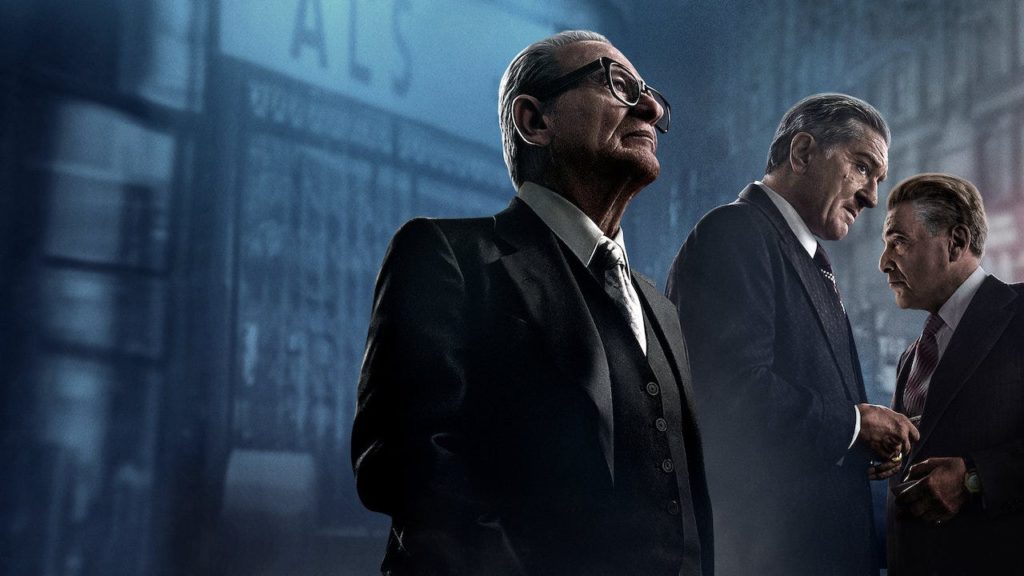
Christopher Todd is a movie critic for the Samford Crimson. The views expressed in this opinion article do not necessarily reflect the views of the Samford Crimson or Samford University.
The countdown to “Killers of the Flower Moon” continues. The Scorcese epic releases in theaters on Oct. 21. To continue reviewing some of my favorite Scorcese films, here’s my review of “The Irishman,” a film released directly to Netflix back in 2019.
“The Irishman” is Scorcese’s take on the true-crime biography “I Heard You Paint Houses.” This book by Charles Brandt follows the life of Frank Sheeran, a prolific hitman, embroiled in the Pennsylvania underworld, who later became the right hand man of Jimmy Hoffa, the Teamsters President, known to be one of the most powerful figures in 1960s America. Although very similar to “Goodfellas” in its content, “The Irishman” approaches the story in a much different way. Instead of a fast-paced frenetic rollercoaster ride, “The Irishman” is a much slower, more methodical film. At a runtime of three hours and 29 minutes, it takes its time in fleshing out the characters and telling their stories.
The film is a character study on a simple man whose arc from hardworking truck driver to a brutal mobster who’s willing to follow whatever orders he’s given. Although Robert De Niro shines as the titular character, the cast surrounding him is full of heavyweights such as Al Pacino, Joe Pesci, Russell Bufalino, Stephen Graham and Harvey Keitel. Joe Pesci plays a somewhat different role than usual, as he embodies a calm, collected and respected mob boss in Russ. In most of Scorcese’s films, Pesci is known for his explosive outbursts and unpredictable nature. In “The Irishman,” he takes it down a notch and draws the audience in with his low tone, while still commanding the scene. Pacino brings flair and energy as the paranoid Jimmy Hoffa, and seeing him on screen with De Niro is a treat.
Similar to “Goodfellas,” this film follows the life of a man in the mob over the course of his life; however, the pacing and feeling in “The Irishman” is much different. Much of that has to do with the music in the film. In “Goodfellas,” music is present in seemingly every moment, with a great crescendo at the end, which ramps up the pace. “The Irishman” is almost the opposite. The film is filled with classic music, from the beautiful opening shot set to “In the Still of the Night” to the eerie juxtaposition of an assassination with “Sleepwalk” by Santo & Johnny playing underneath. These songs envelop you in the world of the characters, and you feel their rise through the ranks as they gain more and more success. However, where “The Irishman” truly differs from “Goodfellas” is the treatment of the last act.
Instead of increasing the pace of the film, “The Irishman” turns reflective as Sheeran looks back over his life. Scorcese made the decision to essentially cut out almost all music for the last hour of the film, and this forces you to come face to face with the realities that Sheeran is facing towards the end of the film. The film does a great job of putting you in the character’s shoes and feeling what he’s feeling as he looks back over his life. Although it may not be as thrilling as “Goodfellas,” this slower, thoughtful approach is very impactful.
This film may not be Scorcese’s best work, but it is certainly a must-watch if you are a fan of his films or the gangster genre as a whole. Seeing Pesci, Pacino, and De Niro alone is worth a watch. Whether or not the book is an accurate take on reality, Scorcese does a wonderful job of telling it.
Rating: 8/10





